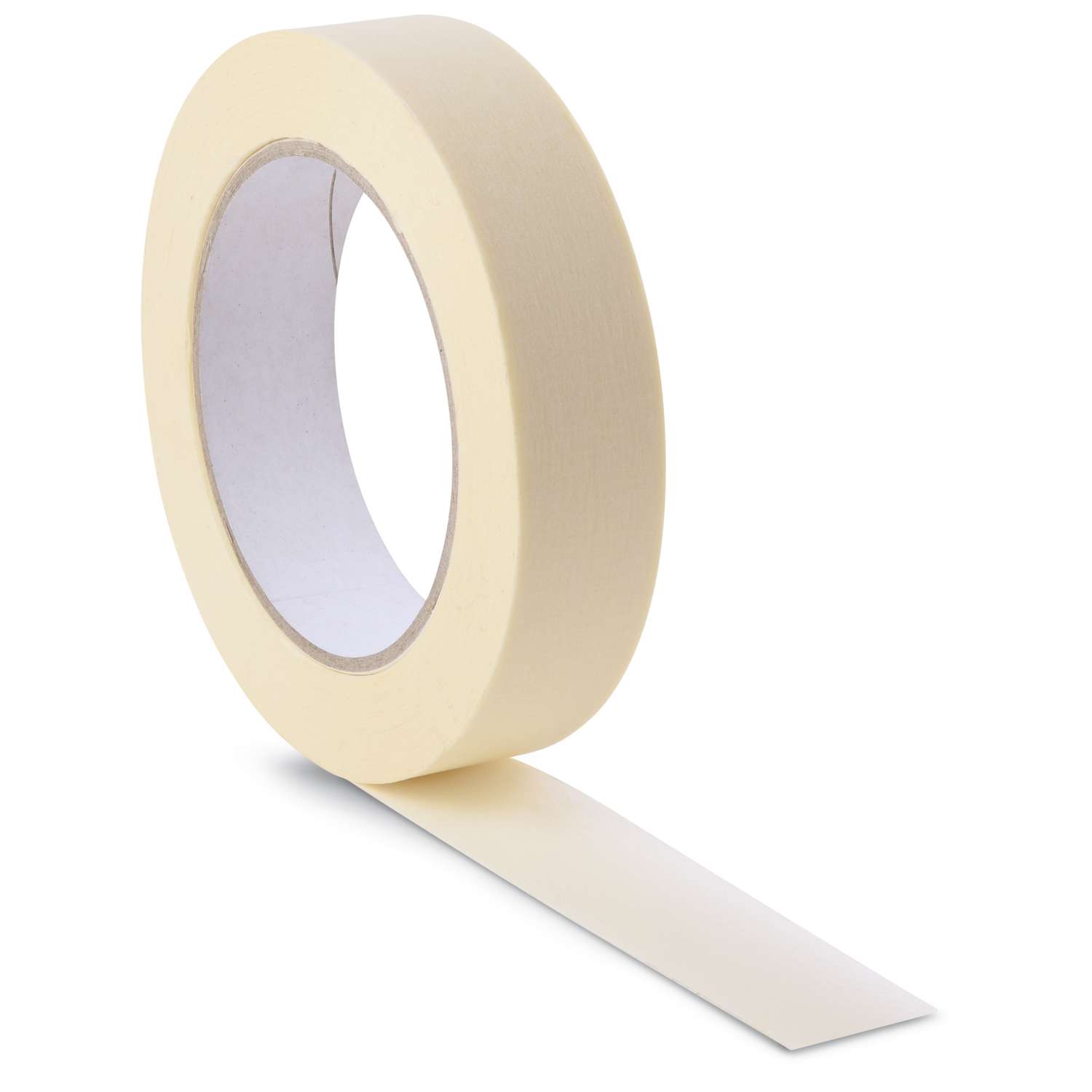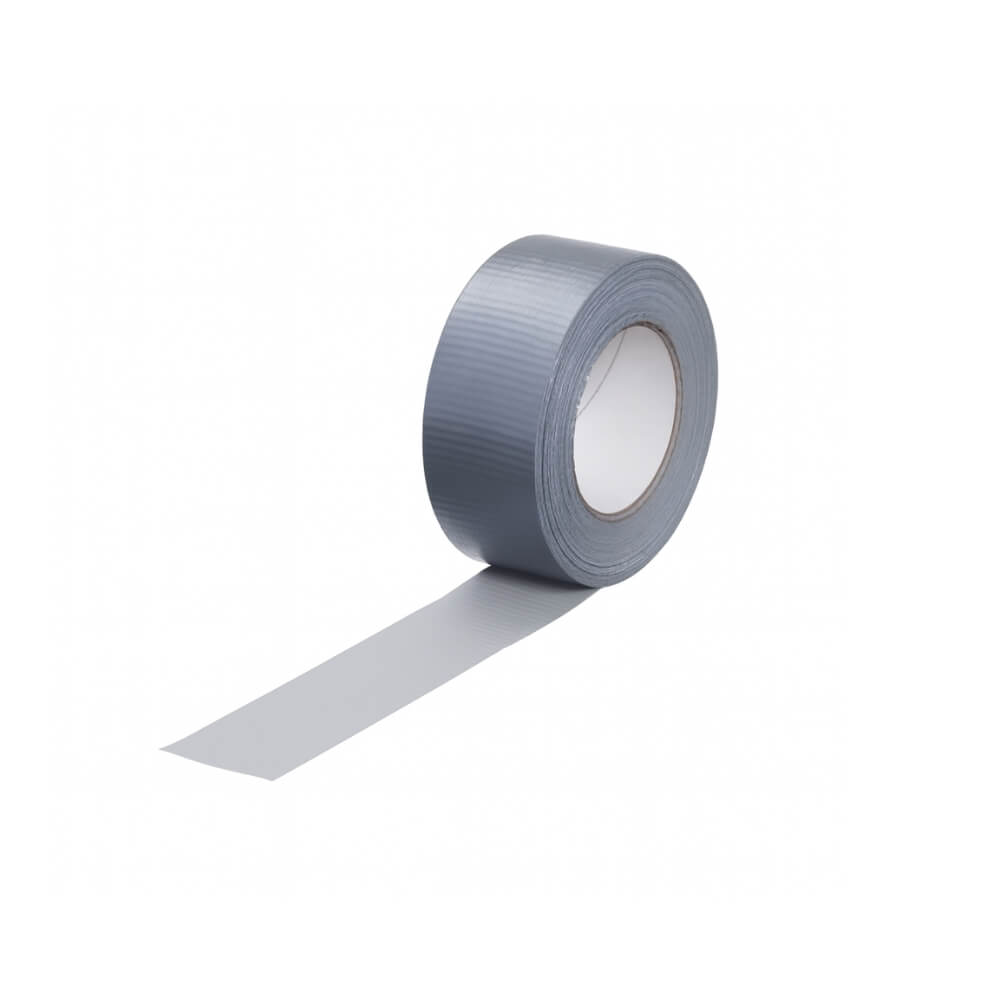Tapes
(7 Products)Tapes save time, reduce mess, and offer quick solutions when other fixings aren’t ideal. Whether you're painting, repairing, mounting, sealing, or just trying to keep things in place temporarily, there's usually a type of tape made for that exact purpose. We keep our range focused on the essentials, so whether you're masking off walls, sealing a join, or mounting a panel, you’ll find a tape that gets it done right.
What Are Tapes?
Tapes, though often grouped together, are anything but one-size-fits-all. Each type is built for a specific set of tasks, and using the right one can mean the difference between a job well done and one you end up redoing.
They’re used for everything from marking out paint lines to making quick repairs or sticking two materials together without screws or glue. Some tapes are designed to be strong and permanent; others are meant to peel away clean without leaving a mark. What they all have in common is speed and simplicity - peel, stick, and the job’s halfway done.
Our range is focused on the three most widely used types: masking tapes, duct tapes, and double-sided tapes.
Our Range
Masking Tapes: Everyday Decorating
Masking tape’s the one you grab when you need to protect edges while painting or need a light hold without making a mess. It sticks well to most surfaces (walls, woodwork, even metal or glass) but comes off clean when you’re done. No residue, no pulled paint.
People mostly use it when painting around skirting boards, doors and ceilings. It’s also handy for quick labelling, holding things in place during dry fits, or marking out measurements when you don’t want anything permanent.
Duct Tapes: Tough and Reliable
Duct tape’s what you turn to when you need something to stay put, and quickly. It’s strong, sticks to just about anything (even rough surfaces), and doesn’t mind a bit of moisture. Builders, electricians, and even event crews use it because it just works.
You’ll see it holding down loose wires, sealing temporary ducting, patching things up on the fly, or bundling tools and materials.
Double-Sided Tapes: Clean Fixing
When you need to stick two things together and don’t want to see how you did it, double-sided tape is the answer. It’s got adhesive on both faces, so it sits between surfaces, hidden from view. It’s ideal for anything where a neat finish matters.
Trades use it for mounting trim or signs, shop displays, lightweight panels - anything that needs to stay up without visible screws or brackets. It’s also a go-to for crafts, retail setups, or temporary fixes where you don’t want damage on removal.
Applications
- From painters needing sharp lines, to joiners mounting trim, to homeowners tackling weekend projects, these tapes are part of the everyday toolkit. They're used in:
- Decorating and finishing
- Electrical and plumbing quick fixes
- Craft and display setups
- Light construction and maintenance work
What to Consider When Choosing Tape
Choosing tape isn’t just about width or colour. The type of surface you’re working with, the environment, and how long the tape needs to hold all make a difference.
Here are a few points to help guide your choice:
- Surface Type: Smooth surfaces (like metal or glass) work with most tapes. Porous or dusty materials may need stronger adhesive.
- Duration of Use: Temporary masking? Go with low-tack tape. Long-term repair? You’ll want a more aggressive adhesive.
- Clean Removal: Some tapes are designed to peel away without a trace - others will leave residue and are meant to stay put.
- Environmental Conditions: Heat, cold, damp, or dust can affect performance. Duct tape is a good all-rounder when things aren’t ideal.
Frequently Asked Tapes Questions
Can Tape Be Used On Uneven Or Rough Surfaces?
It depends on the type. Some tapes, like duct tape, are made to grip even when the surface isn’t perfectly smooth. They’ve got a thicker adhesive layer that can get into the grooves of brick, wood, or concrete.
Masking and double-sided tapes usually work best on flat, clean areas - otherwise, you might get lifting at the edges.
Does Tape Go Bad If It’s Been Sitting In The Toolbox For A While?
Yes, it can. Over time, the adhesive on some tapes dries out or becomes less effective, especially if it's been exposed to heat, moisture, or dust.
If you’ve had a roll kicking around for a year or more, do a test strip before trusting it on a job. Old tape might still stick, but not for long.
Is There A Way To Remove Tape Without Leaving Sticky Residue Behind?
Warmth helps. If a tape’s been on for too long and leaves behind adhesive, gently heating the area with a hairdryer can soften the residue. Then you can usually wipe it off with a cloth and a bit of soapy water or white spirit.
The key is to pull it back slowly and at an angle - yanking it straight off tends to leave more mess.







